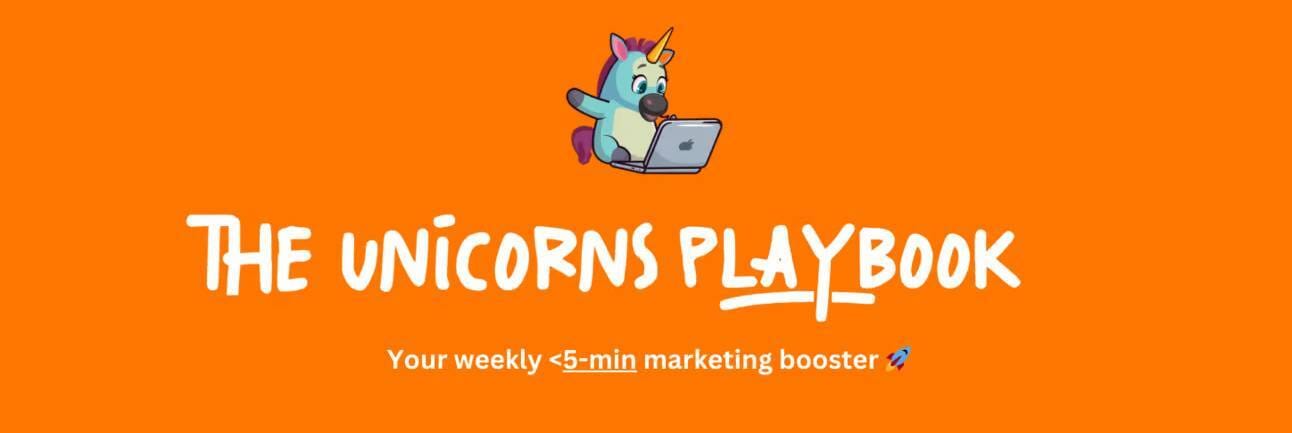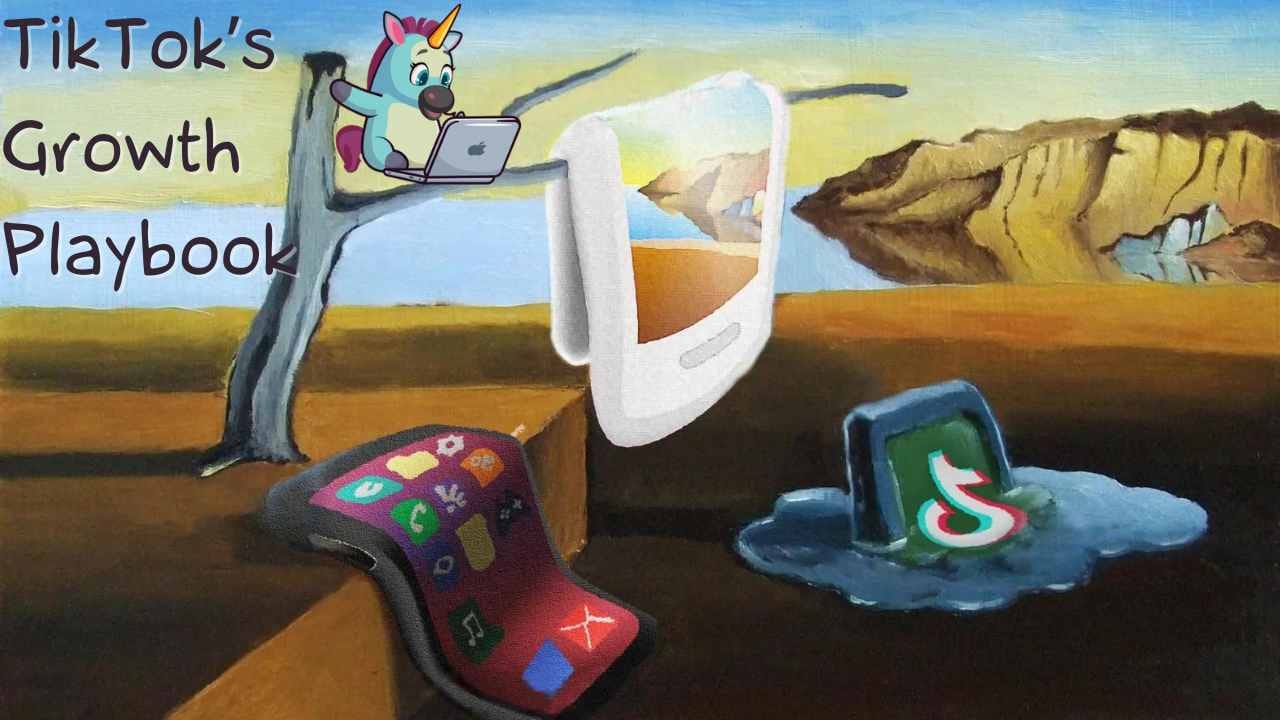- The Unicorns Playbook
- Posts
- 🦄 TikTok's Growth, Grammarly Ads andThe Commitment Bias Effect
🦄 TikTok's Growth, Grammarly Ads andThe Commitment Bias Effect
Smart Marketing in 5 minutes!

Hey there, unicorns! 👋
Get ready for another mind-expanding newsletter:
📱 TikTok's Growth Playbook: Decoding a Billion-User Success From AI-powered algorithms to creator-centric strategies, we're breaking down how TikTok turned 15-second clips into a global empire.
🧠 The Commitment Bias Effect: The Psychological Glue in Marketing Discover the fascinating principle that keeps you subscribed to services you barely use. Learn how marketers exploit our tendency to stick with past decisions to build long-lasting customer relationships.
🔍 SaaS Spotlight: Breaking Down Digital Marketing Ads We're kicking off a new series analyzing high-converting ads from the world of SaaS. First up: Grammarly's clever pitch for flawless emails. Get ready to dissect what makes modern digital ads tick!
Grab your favorite drink, and let's dive in!
Growth Playbook
🦄TikTok’s Growth Playbook

With 1.04 billion monthly active users and a $225 billion valuation, TikTok has revolutionized social media and content creation.
So, what's the secret behind their meteoric rise? 🤫
Here's the TL;DR:
🎥 Short-Form Video Mastery
By perfecting the bite-sized video format, TikTok captured the attention of a generation desiring quick, engaging content.
🧠 AI-Powered Personalization
TikTok's addictive algorithm creates a unique experience for each user, keeping them scrolling for hours.
💸 Massive Paid Acquisition
By spending a mindblowing $3M per day on Facebook and Instagram ads TikTok rapidly built its user base.
🔄 Viral Loop Engineering
TikTok's share mechanics and watermarking strategy turn every piece of content into a potential marketing tool.
Trust us; it's as addictive as watching "just one more" TikTok video! 📱
Ad Playbook
✍ Ad Breakdown: Grammarly

Having explored advertising for a century (1910 to 2010), we're shifting gears to the present and future of digital marketing.
In this new section, we'll break down current ads from innovative SaaS (Software as a Service) companies.
With these breakdowns, we will try to offer insights into current best practices, strategies, and messaging in today’s fast-paced world of digital advertising.
By examining these examples, we'll see how advertisers are applying lessons from the past while using new technologies and platforms.
Let's dive into our first breakdown:
What we like 👍
As expected from Grammarly, they nailed the copy…
The ad uses a compelling question to create a sense of urgency and importance: "You're about to send an important email... Shouldn't you be 100% sure there aren't any grammatical mistakes or typos?"
This taps into the common fear of making errors in professional communication.
The value proposition is clear and concise: "Write Flawless Emails".
This instantly communicates the main benefit of using Grammarly.
The equation "Grammarly + Gmail = Perfect Emails" is simple and effective, showing how easily the product integrates with a widely-used email platform.
What We Don’t Like 👎
The stock photo, while pleasant, doesn't add much value to the ad.
It could be replaced with a more relevant image showing the product in action or demonstrating the process of correcting an email.
The ad doesn't mention any specific features of Grammarly, which could be useful for those unfamiliar with the product.
What We Would Do Differently 🧑⚖️
We would probably use something like a split-screen image: one side showing an email with errors, the other side showing Grammarly correcting those errors. This would visually demonstrate the product's value.
Add a brief testimonial or statistic in the ad text, such as "Trusted by X million professionals" or "Catch up to 250% more errors than standard spell-checkers" to build credibility.
Include a limited-time offer or free trial information to encourage immediate action from viewers.
Marketing Psychology Playbook
🧠 The Commitment Bias Effect

Ever wonder why you keep paying for that unused gym membership?
The answer lies in a psychological principle called the Commitment Bias Effect.
What is it? 🤔
The Commitment Bias Effect suggests people tend to stick with past decisions or behaviors, even when it's not in their best interest.
It's like our brains say, "I've started this, so I might as well continue!"
How does it work? 🧠
Once we make a decision, it becomes part of our self-image.
Backing out feels like admitting we were wrong, which is psychologically uncomfortable.
This tendency is known as "cognitive consistency".
Marketers can exploit this by encouraging small initial commitments that lead to larger ones over time or vice versa.
Why is it important? 💡
Understanding the Commitment Bias Effect can help create marketing strategies that build long-term customer relationships and increase customer lifetime value.
Who's doing it right? 🌟
MyFitnessPal 💪
MyFitnessPal encourages daily logging of meals and exercise, making users increasingly invested in the platform over time.
Duolingo 🎓
Duolingo's language learning app uses a streak system, making it psychologically difficult for users to stop their daily lessons.
Digital Marketing Impact 🚨
In digital marketing, commitment bias can improve customer retention, increase conversions, strengthen brand loyalty, and create more effective loyalty programs.
Tell us, how did this email land for you? |